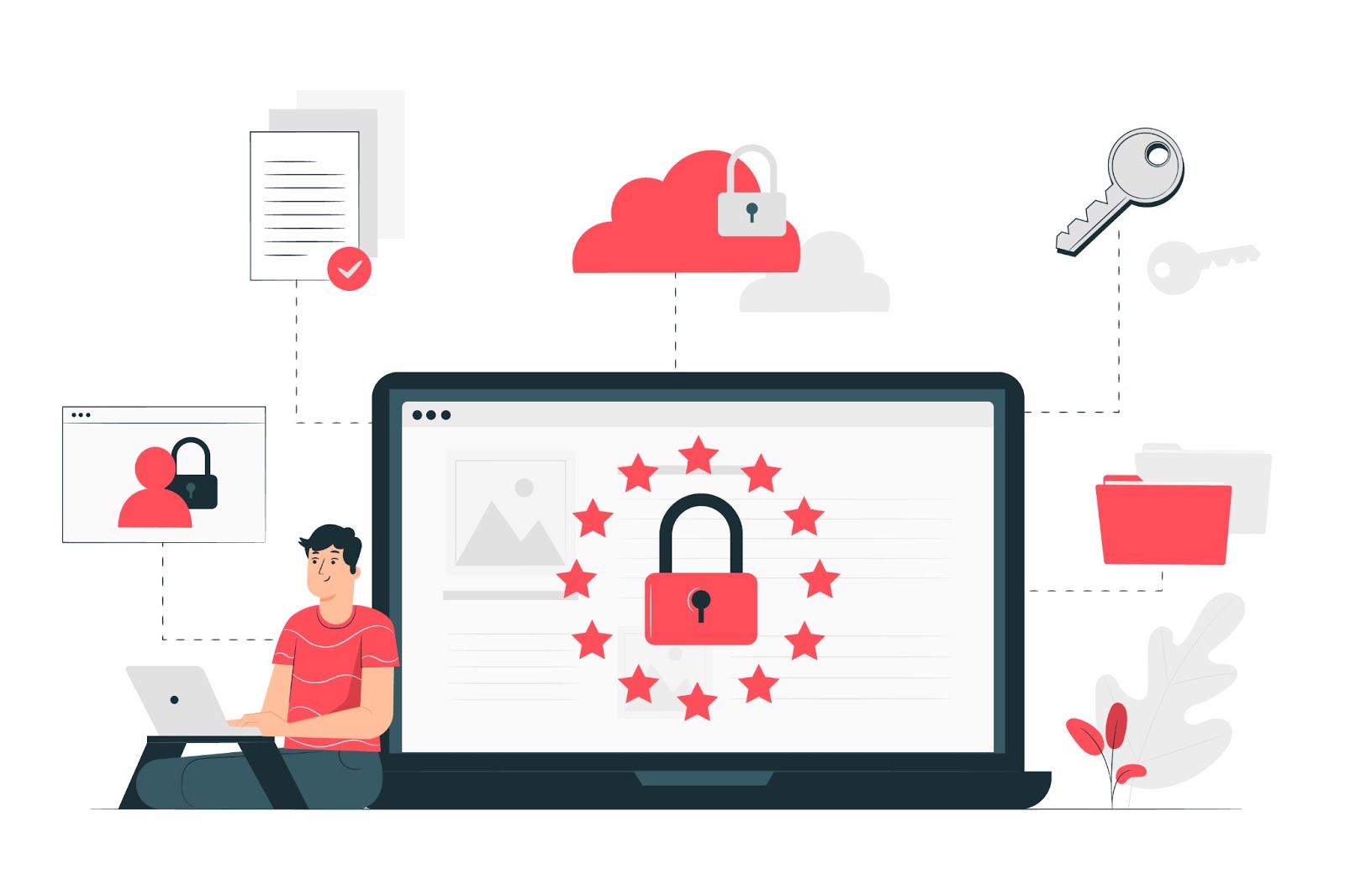
With the great resignation starting to cripple organizations around the world, businesses are struggling to retain their employees. Even so, this might make it easier to find candidates for unfilled positions but sadly that is not the case if you are in the cybersecurity industry.
According to Cybersecurity Ventures, there are 3.5 million unfilled jobs in 2021. Even if you find yourself lucky and manage to find a new employee in such a situation, you might be worried about the cybersecurity risk attached to it. To overcome this challenge, you will have to make cybersecurity training an integral part of your employee onboarding process.
Wondering how to do it? You are at the right place. In this article, you will learn about seven ways to integrate cybersecurity training into your employee onboarding process.
Top 7 Ways To Integrate Cyber Security Training into Employee Onboarding
1. Set The Right Expectations
Instead of thinking about cybersecurity training later down the road, you are better off making an integral part of the employee onboarding process. Conduct cybersecurity training every six months and test results. Take feedback from employees participating in the training program and improve your cybersecurity training for the future.
The first thing you need to do is to set the right employee expectations. Ask them what their job roles entails and inform them who will be responsible for performing software updates. Clearly state the company’s policies and highlight the penalties they would have to pay if they don’t follow these policies. Tell them what is acceptable and what is unacceptable so they clearly understand the boundaries set by your organization. All this goes a long way in minimizing the risk of insider threat or any other cybersecurity incident in the future.
2. Make Threat Reporting Simpler
When a new employee becomes a part of your organization, they do not know how to report the threat. Who to contact if they see suspicious activity taking place? That is why it is imperative for organizations to clearly define the procedure for threat reporting so the next time they receive a phishing email, they know who to contact to report the issue. The earlier you report the issue to the IT department, the faster they can respond to those threats and mitigate the risk before it can do more damage.
Read More: Top Guide to Web Server Security
3. Privileged User Access Management
If you are onboarding a new employee for a crucial role such as system or network administrator who has access to your buy dedicated server and network, you will have to give them privileged user access. This increases the risk especially if you don’t have a privileged access management system in place.
These solutions can help you visualize and track privilege user access so you know exactly who has privilege access and what they are doing. Give employees access to resources they only need to do their job efficiently and prevent them from accessing other resources. For instance, your marketing team should not have access to finance or HR records to do their job.
4. Securing Login Credentials
If your organization is still using passwords for user authentication, it is time to move on to more secure user authentication methods such as biometric verification, fingerprint unlock or even iris scanning technology. For those who don’t want to ditch passwords, they should follow password best practices and take measures to secure your login credentials. Cyber Criminals usually target your login credentials and once they gain access to it, they use it to inflict more damage. In fact, 20% of all data breaches occur due to compromised login credentials, according to cost of data breach report 2021.
5. Virtual Private Network For Remote Work
Before the pandemic, very few businesses offered their employees the option to work remotely. Fast forward to today, almost all companies are offering their employees remote work facilities. Some are even hiring for remotely only jobs and if you are one of them then you should seriously consider using a virtual private network to secure your remote workers.
Unlike your remote workers, your office-based workers are usually secured by enterprise-grade security systems. Additionally, the IT department with customer communication also has more visibility, which makes it easy for them to track and identify suspicious activities. Sadly, this is not the case. This makes your remote workers more prone to cyberattacks and the worst part, your IT team cannot do much about it either. To keep their browsing session private and help them stay anonymous, you should use a VPN.
6. Implement BYOD Guidelines
With bringing your own device trend taking off, more businesses have started offering this liberty to their employees. If you are one of those and you have a new employee taking advantage of this, you should be extra cautious. New devices connecting to your network can pose a bigger threat to your company. Set and implement strict BYOD guidelines to prevent unauthorized access and misuse.
You could prevent rooted or jail broken devices or devices which are not protected by a password or lock screen from connecting to your enterprise network. Make sure devices connected to your network have the latest operating system version and security patch installed. Encourage employees to store business data and personal data in separate locations. Last but not the least, your IT department should have the rights to remotely delete all the data on the device if it is lost or stolen so that your critical business data does not fall into wrong hands.
7. Device Monitoring
Just implementing stringent BYOD guidelines is not enough, you will have to constantly monitor devices. Maintain the log of all the activities your employees are performing with those devices so you can easily track when something goes wrong. Maintain an inventory of all the devices and it will make asset management much more convenient. In addition to this, it can also streamline security and inventory audits. Clearly tell employees that their BYOD devices are being monitored by tools to ensure transparency. This goes a long way in fostering employee trust in the company.
How do you incorporate cybersecurity training into your employee onboarding process? Share it with us in the comments section below.
Read More: Top 6 Best SEO Tools For Digital Marketers & Agencies 2022






